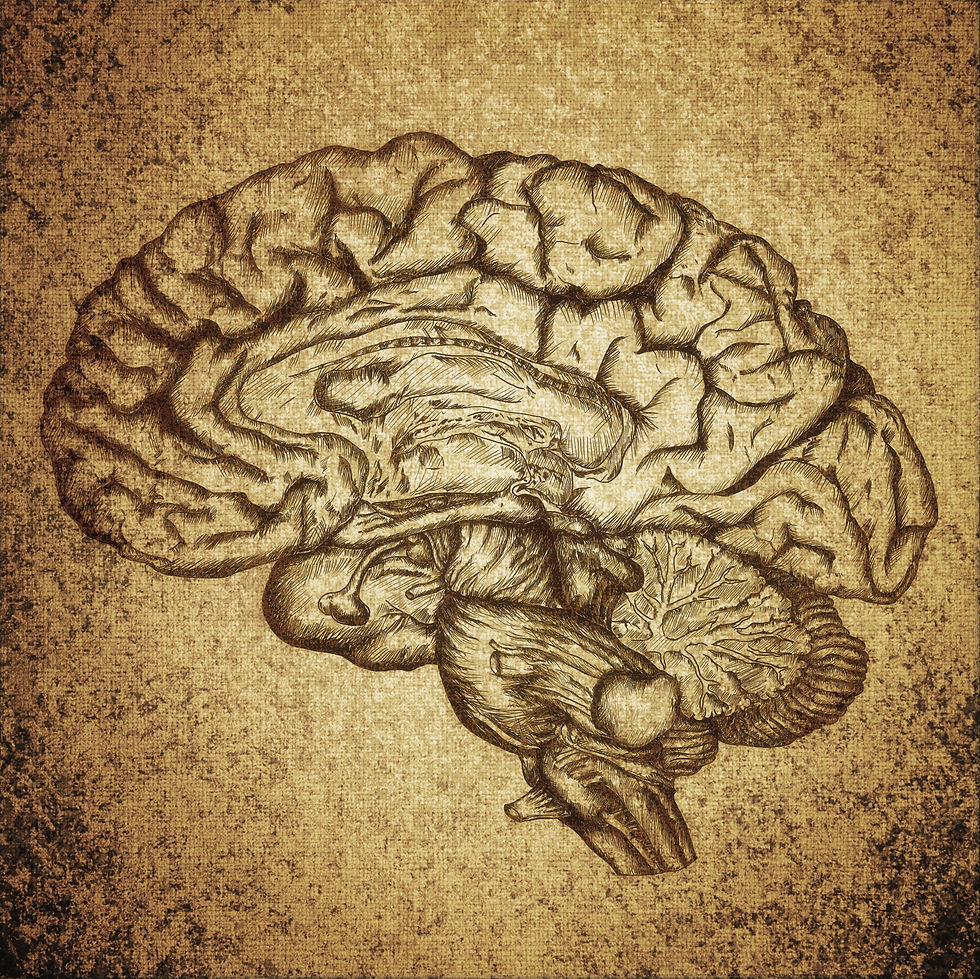Hawkins’ infrared technology develops as a skin sensor for ALS
- madhavnarayansingh
- Nov 6, 2020
- 2 min read
Updated: Nov 8, 2020
Amyotrophic Lateral sclerosis (ALS) is an uncommon neurological illness that basically includes the nerve cells (neurons) answerable for controlling deliberate muscle development. Voluntary muscles produce developments like biting, strolling, and talking. In ALS, both the upper motor neurons and the lower engine neurons kick the bucket or degenerate, and quit sending messages to the muscles. Incapable to work, the muscles progressively debilitate, begin to jerk (called fasciculations), and die (decay). In the end, the mind loses its capacity to start and control willful developments.

A group of MIT specialists have now planned a stretchable, skin-like gadget that can be connected to a patient's face and can quantify little developments, for example, a jerk or a grin. Utilizing this methodology, patients could impart an assortment of suppositions, for example, "I love you" or "I'm ravenous," with little developments that are estimated and deciphered by the gadget. The wearable sensor is thin and can be disguised with cosmetics to coordinate any skin tone, making it subtle. The specialists tried the underlying adaptation of their gadget in two ALS patients (one female and one male, for sexual orientation balance) and demonstrated that it could precisely recognize three diverse outward appearances - grin, open mouth, and tightened lips. MIT graduate understudy Farita Tasnim and previous exploration researcher Tao Sun are the lead creators of the examination, which shows up today in Nature Biomedical Engineering.
A skin-like sensor
Dagdeviren's lab, the Conformable Decoders gathering, spends significant time in creating similar (adaptable and stretchable) electronic gadgets that can stick to the body for an assortment of clinical applications. She got keen on chipping away at approaches to assist patients with neuromuscular issues after subsequently meeting Stephen Hawking in 2016, when the widely acclaimed physicist visited Harvard University and Dagdevirens was a sophomore in Harvard's Society of Fellows.

Hawkins, who died in 2018, experienced a moderate advancing type of ALS. He had been communicating until hitherto by utilizing an infrared sensor that could recognize jerks of his cheek, which moved a cursor across lines and sections of letters. While successful, this cycle could be tedious and required cumbersome hardware. Different ALS patients utilize comparative gadgets that measure the electrical movement of the nerves that control the facial muscles. Be that as it may, this methodology additionally requires awkward hardware, and it isn't generally precise.
The information from the sensor is sent to a handheld processing unit, which analyses it using the algorithm that the researchers trained to distinguish between facial movements. In the current prototype, this unit is wired to the sensor, but the connection could also be made wireless for easier use, the researchers say. The researchers have filed for a patent on this technology and they now plan to test it with additional patients. In addition to helping patients communicate, the device could also be used to track the progression of a patient's disease, or to measure whether treatments they are receiving are having any effect, the researchers say.


















Comments